At a Glance
- Last September saw the busiest quarterly S&P 500 rebalancing in four years, impacting nearly $250 billion in stocks
- The S&P 500 is rebalanced quarterly to mirror market shifts, preventing any single company or sector from dominating the index
The S&P 500 index, a cornerstone of U.S. equity markets, is a carefully curated collection of the 500 largest publicly traded companies in the United States. Every quarter, this index undergoes a significant event known as a “rebalance.”
Rebalancing occurs on the third Friday of March, June, September and December. However, it can also take place outside these dates if a company undergoes a merger, acquisition, bankruptcy or delisting. The primary goal of rebalancing is to ensure the index remains a relevant and accurate representation of the current market. By making timely adjustments, the S&P 500 reflects the changing U.S. economy and aligns with quarterly financial results.
Why Rebalancing Matters
Rebalancing is essential to prevent any single company or sector from exerting disproportionate influence on the index’s performance. If a company no longer meets the inclusion criteria, it is removed and replaced. These criteria include a qualifying market capitalization, which is calculated by multiplying the number of outstanding shares by the share price. Additionally, S&P requires that a company’s earnings be positive in the most recent quarter and for the past four quarters, among other requirements.
The rebalancing process can significantly impact investment portfolios. Changes are typically announced five trading days before the effective date, giving market participants ample time to adjust their holdings.
A Historical Perspective
Historically, the effects of rebalancing on individual stocks have been mixed. For retail investors with a long-term strategy, such as those holding retirement accounts, the impact is generally minimal. These investors are unlikely to be significantly affected by rebalancing, as their index funds continue to track the overall market or specific sectors.
However, for investors who actively trade individual stocks, the inclusion or exclusion from the S&P 500 can have notable short-term effects. Companies added to the index often experience a price increase due to the buying activity from index funds, a phenomenon known as the “index effect.” Conversely, companies removed from the index may see increased sell orders as funds divest their holdings. These changes are typically short-term and tend to balance out over time.
Last September marked the busiest quarterly rebalancing in four years, affecting nearly $250 billion worth of stocks, according to Piper Sandler. This event coincided with the expiration of equity options worth more than $5 trillion, further amplifying market volatility.
For the September 2025 rebalance, S&P Dow Jones Indices has announced that APP, HOOD and EME will be added and MKTX, CZR and ENPH will be removed from the index.
Market-Cap vs Equal Weight
For investors looking to manage rebalancing risk, CME Group equity products offer a valuable tool, particularly when considering the S&P 500 Equal Weight Index. Unlike the standard S&P 500 Index, which is weighted by market capitalization, the S&P 500 Equal Weight Index allocates the same weight to all 500 companies. This means each constituent receives approximately 0.2% of the index’s total weight at the quarterly rebalance, rather than being heavily weighted toward the companies with the highest market capitalization.
Interestingly, the equal weight version of the S&P 500 index has historically outperformed the standard, market-cap weighted index by an average of 1.05% annually, up until 2023. Since then, the S&P 500 Equal Weight Index has underperformed, largely due to the outsized returns of the “Magnificent Seven” (Mag7) stocks. However, this trend shifted in late August, with the S&P 500 Equal Weight Index starting to outperform again amid concerns about stretched valuations in some of these same seven names.
In a market characterized by high concentration and potentially stretched valuations, E-mini S&P 500 futures and E-mini S&P 500 Equal Weight futures offer a way to manage various risks. As the market continues to evolve and rebalances continue, tools like these will likely remain a compelling option for investors seeking a balanced and dynamic portfolio.
—
Originally Posted on September 18, 2025 – Navigating the S&P 500 Rebalance: A Quarterly Market Ritual
Disclosure: CME Group
© [2023] CME Group Inc. All rights reserved. This information is reproduced by permission of CME Group Inc. and its affiliates under license. CME Group Inc. and its affiliates accept no liability or responsibility for the information contained herein, including but not limited to the currency, accuracy and/or completeness of this information, and delays, interruptions, errors or omissions. This information is an unofficial copy and may not reflect the official and accurate version. For the definitive and up-to-date version of any of this information, please see cmegroup.com.
Disclosure: Interactive Brokers Third Party
Information posted on IBKR Campus that is provided by third-parties does NOT constitute a recommendation that you should contract for the services of that third party. Third-party participants who contribute to IBKR Campus are independent of Interactive Brokers and Interactive Brokers does not make any representations or warranties concerning the services offered, their past or future performance, or the accuracy of the information provided by the third party. Past performance is no guarantee of future results.
This material is from CME Group and is being posted with its permission. The views expressed in this material are solely those of the author and/or CME Group and Interactive Brokers is not endorsing or recommending any investment or trading discussed in the material. This material is not and should not be construed as an offer to buy or sell any security. It should not be construed as research or investment advice or a recommendation to buy, sell or hold any security or commodity. This material does not and is not intended to take into account the particular financial conditions, investment objectives or requirements of individual customers. Before acting on this material, you should consider whether it is suitable for your particular circumstances and, as necessary, seek professional advice.
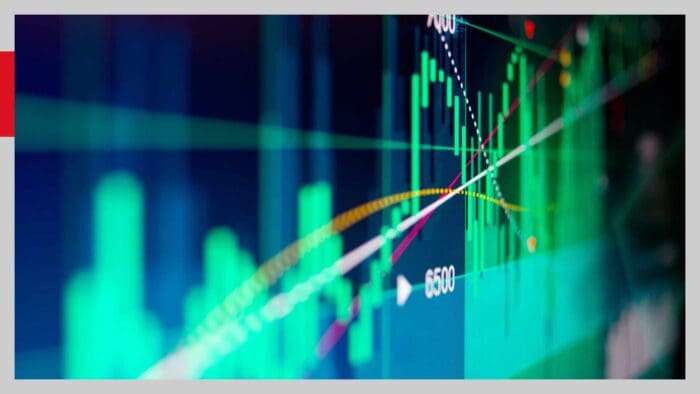
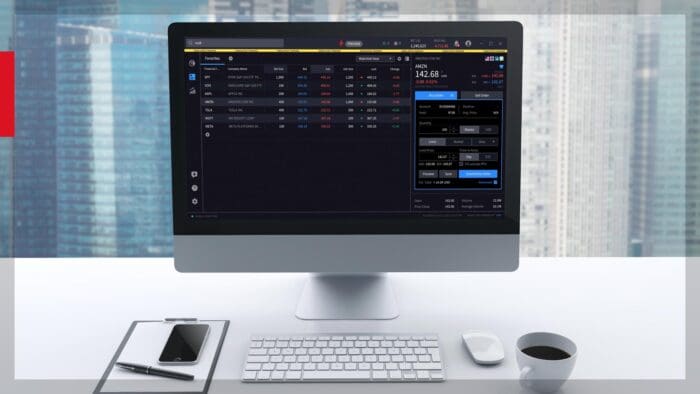


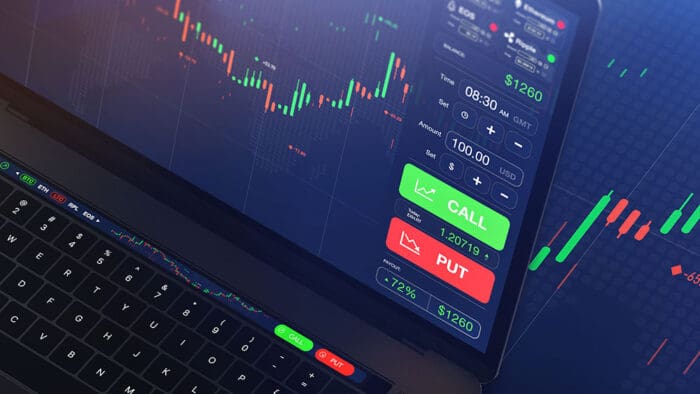

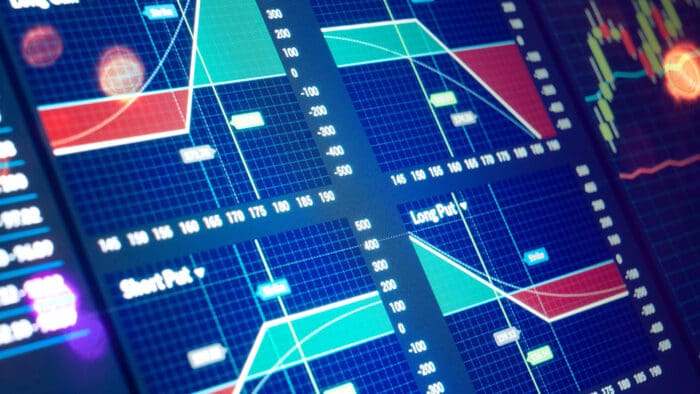
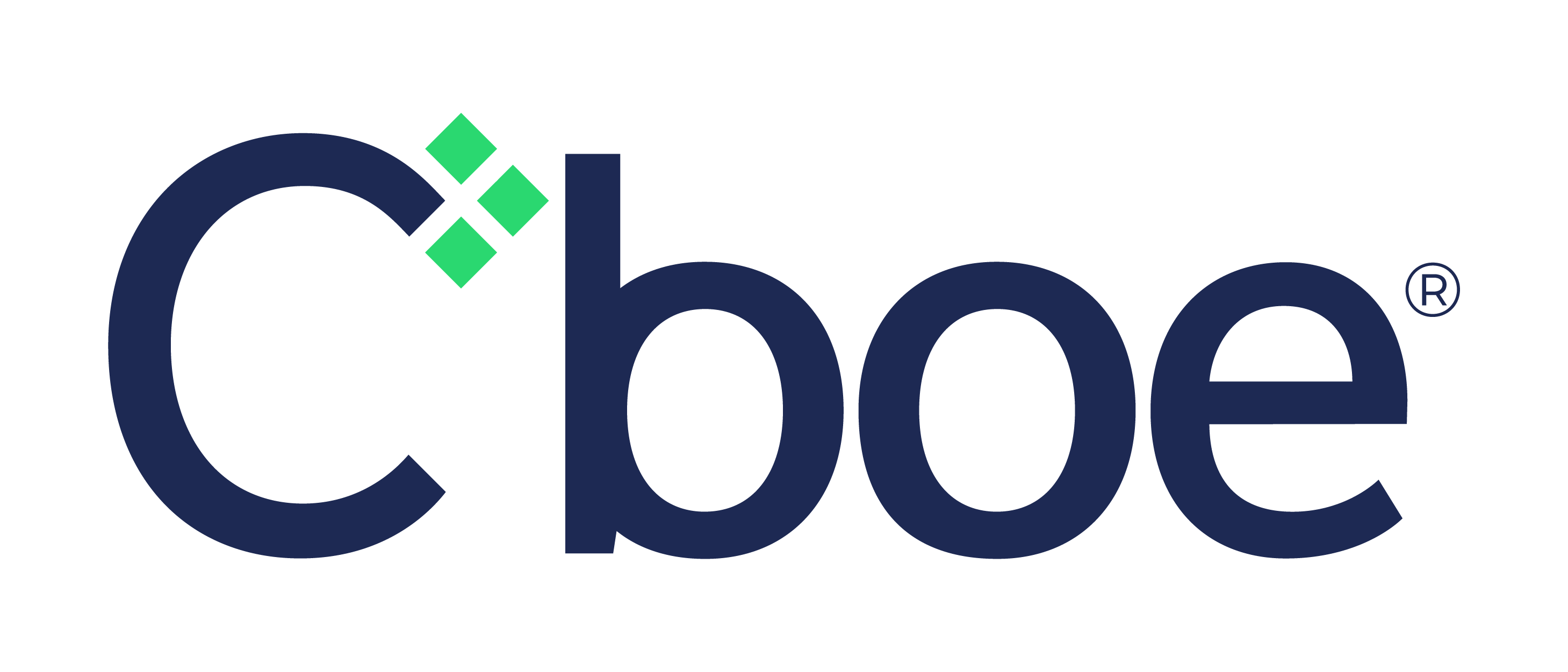

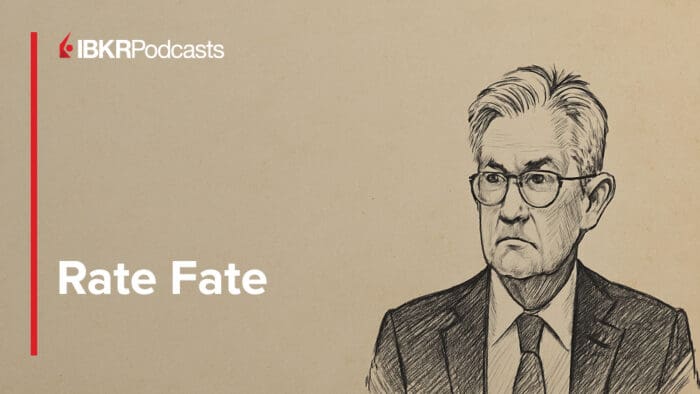


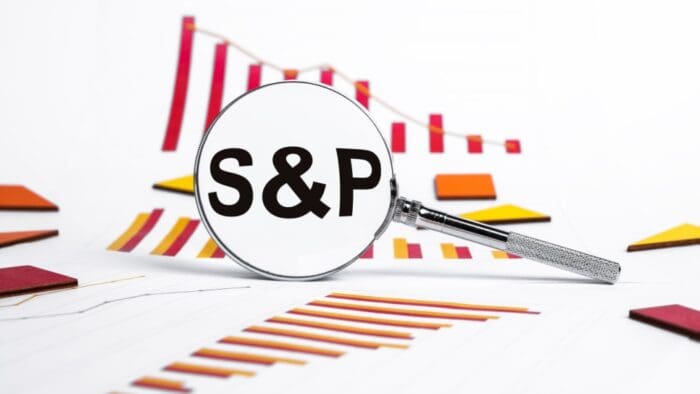






Join The Conversation
If you have a general question, it may already be covered in our FAQs page. go to: IBKR Ireland FAQs or IBKR U.K. FAQs. If you have an account-specific question or concern, please reach out to Client Services: IBKR Ireland or IBKR U.K..
Visit IBKR U.K. Open an IBKR U.K. Account